- Log in
-
- Sydney Overseas Office
- London Overseas Office
- Toronto Overseas Office
- Los Angeles Overseas Office
- New York Overseas Office
- Ulaanbaatar Overseas Office
- Dubai Overseas Office
- New Delhi Overseas Office
- Manila Overseas Office
- Jakarta Overseas Office
- Hanoi Overseas Office
- Kuala Lumpur Overseas Office
- Singapore Overseas Office
- Bangkok Overseas Office
- Map
- Sydney Overseas Office
- London Overseas Office
- Toronto Overseas Office
- Los Angeles Overseas Office
- New York Overseas Office
- Ulaanbaatar Overseas Office
- Dubai Overseas Office
- New Delhi Overseas Office
- Manila Overseas Office
- Jakarta Overseas Office
- Hanoi Overseas Office
- Kuala Lumpur Overseas Office
- Singapore Overseas Office
- Bangkok Overseas Office
Contents View
-
-
-
What to Know about Traditional Korean Medicine and Non-surgical Treatment
-
11/02/2021
2.1K
-
0
0
-
-
Seoul
traditional_herbal_medicine
Integrated_Internal_Medical
Orthopedics
Traditional_Korean_Medicine
Korea_Medical_Tourism
Useful_Information
-
-
-
How to get better in Korea without surgery
If you suffer from a herniated disc, forward head posture, or knee pain, listen up! There are non-surgical methods that can help you get better by strengthening your body’s capacity for recovery.
This can happen through the help of Traditional Korean Medicine.1. Surgical and non-surgical treatment
A surgery comes with burdens: being hospitalized and several examinations beforehand, anesthesia in a cold operating room, postoperative recovery, etc.
A surgery offers rapid treatment for the damage on the body but comes with losing the capability of self-recovery. Though, for severe diseases such as a cancer or in urgent conditions, no options are available.
However, non-surgical treatment could be an option if the situation allows one to seek improvements without a surgery. A non-surgical treatment focuses on the slow improvement in the damaged parts of the body and prevent recurrence. In other words, it treats the disorder’s fundamental cause.TIP It is known that only 3 to 5% of patients who have herniated discs need surgery.
If the symptoms do not worsen for the first three months, it is not recommendable to have surgery. This is because many patients get better and better if they are stabilized and treated by physical therapy.2. Traditional Korean Medicine treatments
Representative methods in Traditional Korean Medicine treatments include Chuna(chiropractic and osteopathy) therapy, 'Hanyak' Korean Traditional Medicine, and acupuncture. In Chuna therapy, doctors’ hands become instruments for treatments. Hanyak utilizes plant-based materials obtained from nature, while acupuncture facilitates blood circulation in short time. All are non-surgical treatments that do not require complicated surgery. Traditional Korean Medicine treatments aim to be fundamentally healthy from the inside of the body even if time may take.
Some Traditional Korean Medicine clinics involveintegrated examinations, which is coordinated by both doctors and Traditional Korean Medicine doctors. After a doctor and a Traditional Korean Medicine doctor diagnose a patient together, they provide complementary treatments that combine Traditional Korean Medicine treatment and non-surgical treatment (physical therapy, extracorporeal shockwave therapy [ESWT], nerve injections, etc.)
1) Chuna Therapy
This treatment involves the use of hands to adjust misaligned joints in the spine. The doctor locates the problem while he feels and uses hands to apply pressure to fix the misalignment. Once the joints are adjusted, the muscles and ligaments find their original positions also, the pain gradually decreases. It may sound exaggerated to rearrange spinal joints with hands. Chuna Therapy, however, is an official form of medical treatment recognized by the Ministry of Health and Welfare.
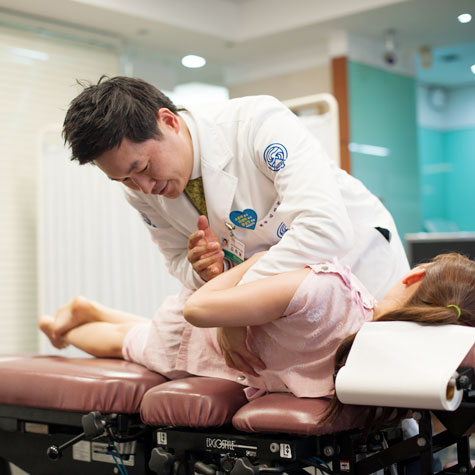
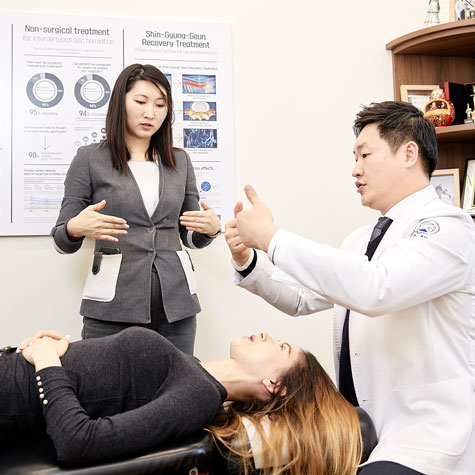
2) Hanyak
Hanyak is used in Traditional Korean Medicine treatment. Mainly used materials are roots, fruits, barks, and other ingredients from the nature. The purpose of Hanyak is to remove inflammation and promote the regeneration of damaged bones, muscles, or the nerve system, and eventually to prevent symptoms’ recurrence. In many cases, Hanyak is used in conjunction with Chuna Therapy and acupuncture treatment.
3) Acupuncture
Acupuncture is the use of needles placed on acupuncture points (穴)* to treat disorders. Acupuncture treatment soothes the flow of the blocked meridian system so it can reduce pain. It also speeds up the recovery of damaged tissues such as muscles, ligaments, and nerves.
*According to the World Health Organization (WHO), there are 361 acupuncture points in the body located between the skeleton and the muscle. Needles can be used to stimulate the acupuncture points, and it helps blood circulations.4) Herbal acupuncture
Herbal acupuncture involves herbal materials refined in safe forms and delivered to pain areas via needles. It acts as a powerful anti-inflammatory agent. Its excellent anti-inflammatory effect quickly removes inflammation that causes pain around the affected area and helps recovery.
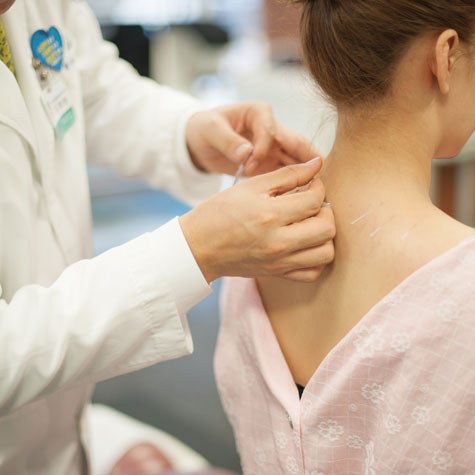
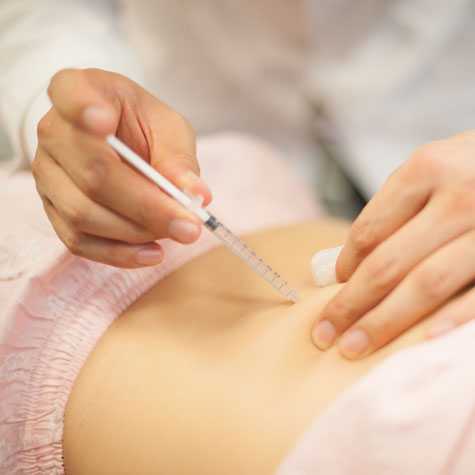
3. Benefits of non-surgical Traditional Korean Medicine treatments
∨ Does not interrupt one’s routine, and be treated daily without hospitalization and surgery.
∨ No burden for costs associated with the surgery.
∨ Prevents side effects, such as those from surgeries or anesthesia
∨ Treats the fundamental cause of pain and helps preventing symptoms’ recurrence
4. Major diseases dealt in non-surgical Traditional Korean Medicine treatments
Non-surgical Traditional Korean Medicine treatments focus on most of musculoskeletal disorders (MSD). MSD is a generic term of the disorder caused by damages in muscles, ligaments, joints, or nerve tissues. They can occur in various places, including the neck, shoulders, back, or knees and are often caused by bad posture or aging.
What are some of the musculoskeletal diseases that lead foreign patients to visit Traditional Korean Medicine Hospitals? We asked for the help of Jaseng Hospital of Korean Medicine’s International Health Center to know more about it.
◎ Top 3 musculoskeletal diseases that brought foreign patients to Traditional Korean Medicine Hospitals
1) Herniated disc
One often hears about discs “slipping” or “rupturing.” What exactly is the disc (intervertebral disc), the most common musculoskeletal disease? There is a cartilage called a disc between each vertebra. They prevent the vertebrae from colliding with each other and act as shock absorbers. If the disc bulges and presses down on the nerves because of bad posture or age-related degeneration, it can lead to symptoms such as pulsating pain or pain throughout the body. It is generally divided into cervical disc (neck) and lumbar disc (back) herniation.
TIP Not all patients suffering from herniated disc feel pain. It is because pain depends on whether the escaped disc presses the nerves or not.
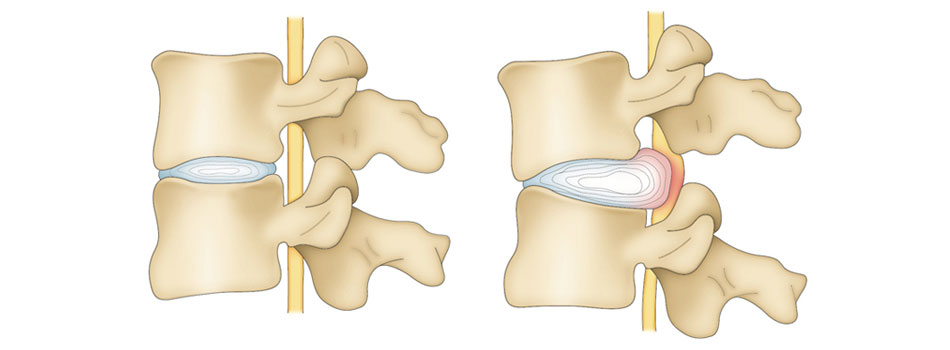
2) Spinal stenosis
This involves the narrowing of the spinal canal, a space that hosts the spinal cord, and the resulting pain from pressure on the nerves. It is common after mid-age as the spine suffers from age-related degeneration. If one feels back pain after even a short walk or a pulling or pulsating pain in the leg, one may have this disorder. The symptoms might seem to be similar to those of a herniated disc, but the crucial difference is that patients with spinal stenosis tend to feel severe pain when the back is straightened, while the pain is relieved when it is bent.
TIP Spinal stenosis is difficult to be cured, so the prevention is very important. The best way to prevent this disorder is to maintain the back straight up all the time. It is also recommendable to do aerobic exercises and muscle exercises that build core muscles to reduce the burden of the waist.
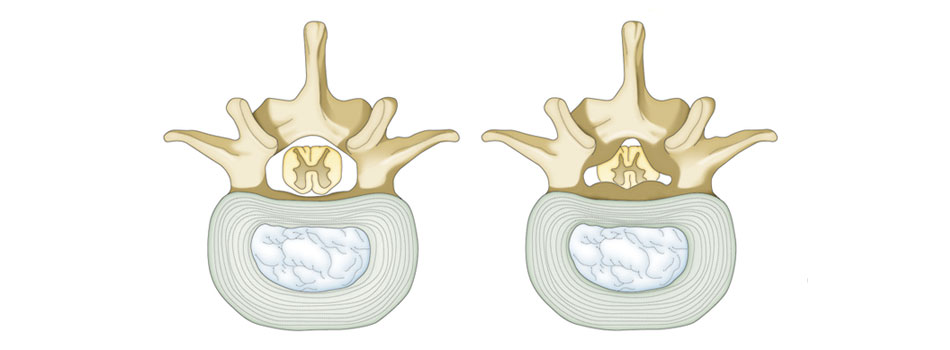
3) Degenerative arthritis
It is a disease caused by worn cartilage in joints while one may feel sad to be getting old. More specifically, it is characterized by inflammation, pain, and loss of function caused by degeneration in the ligament, muscle, or skeletal structure around one’s joints. It often occurs in the knee, which bears one’s body weight and exerts heavy movement. It is one of the most common musculoskeletal diseases associated with the elderly, occurring naturally with aging. Because of this, it is sometimes called “senior arthritis.”
TIP Have you heard a cracking sound from the knees? That does not automatically suggest degenerative arthritis. A cracking sound occurs naturally from the gas bubble bursting from the synovial fluid in the joint. But if you feel pains and swelling after this sound or when climbing stairs, consider the possibility of degenerative arthritis.
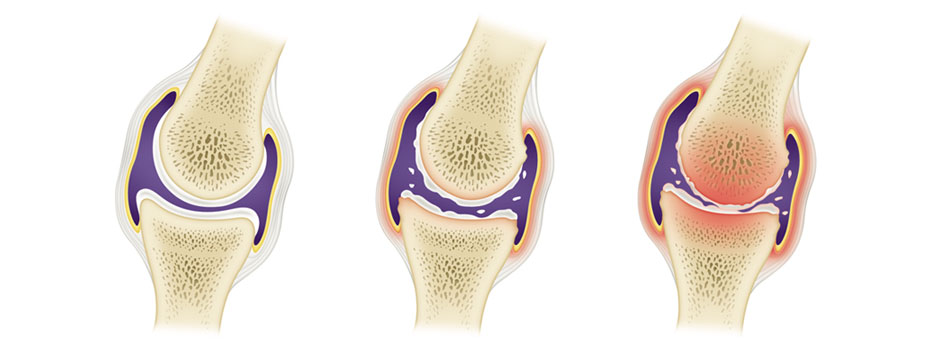
5. Non-surgical Traditional Korean Medicine treatments for major diseases.
1) Herniated disc
Campbell’s Operative Orthopaedics, a classic reference in orthopedic surgery, shows that only about 2% of patients with back pain require surgery. That means the remaining 98% see improvements in their symptoms through non-surgical treatment.
Traditional Korean Medicine focuses on relieving spinal imbalances, weakening bones, muscles, and ligaments that cause pain. First, Chuna Therapy is used to realign and adjust the misaligned or rigid spinal joints. Second, acupuncture is used to relax the muscles and ligaments to help relieve the pain. In this process, herbal acupuncture can help reduce recurring inflammation in the area. Lastly, Hanyak helps the recovery and strengthens the skeletal structures and muscles to prevent symptoms’ recurrence.
2) Spinal stenosis
Spinal stenosis needs to be treated with comprehensive treatments such as Chuna Therapy, acupuncture, herbal acupuncture, and Hanyak Korean Traditional Medicine. Chuna Therapy is used to restore the spinal column’s proper posture and widen the spinal cavity, reducing pressure on the nerves. Then, acupuncture is used to relax the muscles and ligaments around the spine and helps proper energy circulation in the meridian. Herbal acupuncture, made from refined herbal medications, helps remove inflammation and regenerate nerves. Then, Hanyak made according to one’s physical constitution strengthens muscles and ligaments to prevent symptoms’ recurrence.
3) Degenerative arthritis
In Traditional Korean Medicine, Chuna Therapy and herbal acupuncture are used to treat degenerative arthritis. Chuna Therapy is first used to align the knee joints properly. Then, the acupuncture helps relax the muscles around the area and promotes the recovery of damaged tissues. The strong anti-inflammatory action from herbal acupuncture relieves the pain from inflammation. Hanyak also helps bring crucial nutrients to the bones, muscles, and ligaments, thus creating synergy with other treatment methods.
6. Non-surgical Traditional Korean Medicine treatment FAQ
Q. How many Chuna Therapy sessions are required to ensure positive effects in treating a herniated disc?
A. It may differ per patient, but clinical experience indicates about ten sessions are required. Improper posture or overuse of pain areas can lead to misalignment recurring even after Chuna Therapy, so it is recommended that patients receive Chuna Therapy once or twice a week.
Q. Are there any essential tips for foreign patients who visit Traditional Korean Medicine Hospitals?
A. Some medical institutions (designated as hospitals for attracting foreign patients) have standardized processes for pre- and post-treatment procedures for them. For instance, if a patient has medical examination data, he or she can decide whether to have the treatments or not through a remote consultation service with the medical team before visiting Korea. Jaseng Hospital of Korean Medicine even offers telephone and email follow-up management by a medical coordinator. Even after returning to foreign patient's home country, Hanyak can be shipped to continue the treatment.
* Written with assistance from Jaseng Hospital of Korean Medicine’s International Health Center(www.jaseng.co.kr)
* Photography and illustrations by Jaseng Hospital of Korean Medicine(www.jaseng.co.kr)





